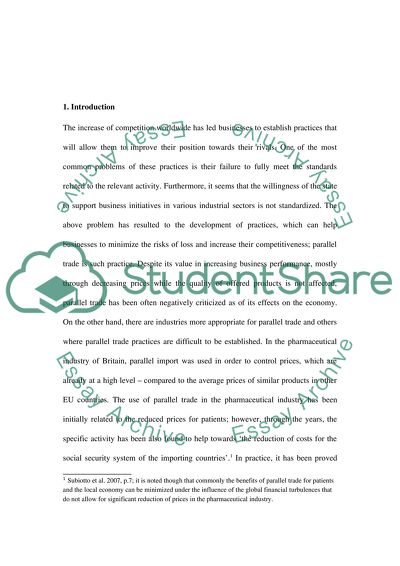Cite this document
(“Parallel trade (import) in pharmaceuticals in the UK Dissertation”, n.d.)
Retrieved from https://studentshare.org/family-consumer-science/1415448-parallel-trade-import-in-pharmaceuticals-in-the-uk
Retrieved from https://studentshare.org/family-consumer-science/1415448-parallel-trade-import-in-pharmaceuticals-in-the-uk
(Parallel Trade (import) in Pharmaceuticals in the UK Dissertation)
https://studentshare.org/family-consumer-science/1415448-parallel-trade-import-in-pharmaceuticals-in-the-uk.
https://studentshare.org/family-consumer-science/1415448-parallel-trade-import-in-pharmaceuticals-in-the-uk.
“Parallel Trade (import) in Pharmaceuticals in the UK Dissertation”, n.d. https://studentshare.org/family-consumer-science/1415448-parallel-trade-import-in-pharmaceuticals-in-the-uk.


